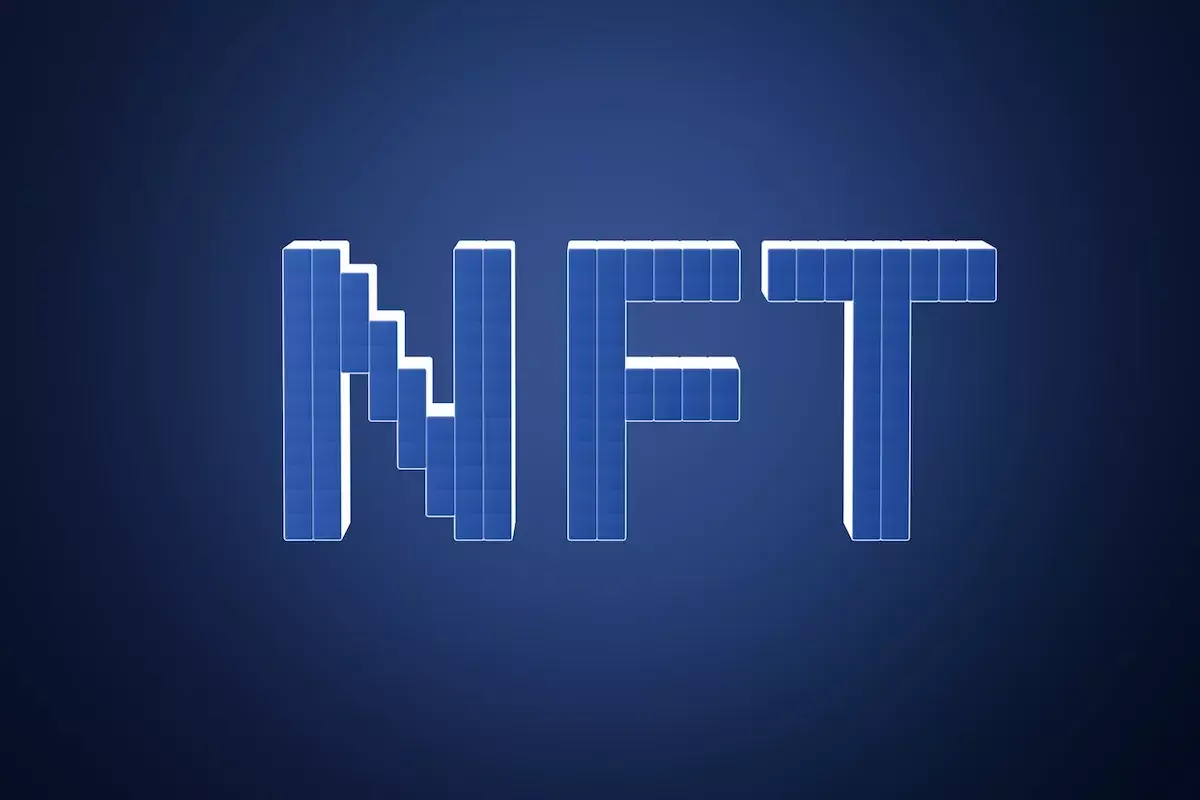The digital currency landscape has given birth to many terms, but none are as indicative of virtual market dynamics as “NFT whales.” If you’ve ever been bemused by discussions surrounding these entities—especially if you’ve seen the phrase “whales are sweeping the floor” trending online—this article delves into their significance and provides insights on tracking their activity. Whether you’re a collector, investor, or merely an observer, understanding the role of NFT whales can empower your decision-making process.
NFT whales represent individuals or institutions possessing significant quantities of high-value NFTs or entire collections. Their buying or selling decisions can disproportionately sway market conditions—for better or worse. This influence can manifest in various forms: a single whale purchasing an extensive number of assets might spark buying frenzies among smaller investors fueled by the fear of missing out (FOMO), while a whale selling off assets could incite panic and lead to a market crash.
Such market dynamics hinge on a few critical factors that are shaped by whale activity. The first is **market sentiment**. Whales can either incite enthusiasm or trepidation, depending on their trading behavior. Their movements can set off waves of trading activity that ripple through the broader community, demonstrating how interconnected this ecosystem is.
Another crucial element is **price dynamics**. A whale’s substantial buy order can artificially inflate the floor price of a project temporarily, creating an illusion of demand. Conversely, large sell-offs can trigger sharp declines in asset prices, catching many investors off guard.
Lastly, the **confidence of the community** plays a considerable role. An influx of investment from high-profile wallets backing a collection can lend credibility, attracting other collectors and investors. Whales thus serve as both catalysts and indicators of market trends, making them pivotal in the NFT market.
Thanks to the transparent nature of blockchain technology, tracking NFT whale activity is far more manageable than it might seem at first glance. Blockchain explorers, such as Etherscan, offer real-time insights into transactions, allowing users to see precisely who is buying and selling, and how much they own. Here’s a step-by-step approach to tracking these influential players more effectively.
First, identify the **contract address** of the NFT collection you wish to monitor. Once you have this information, plug it into a block explorer like Etherscan. From there, you can navigate to the “Holders” or “Token Tracker” sections, revealing the wallets holding those assets.
With this information, **pinpoint the whales** by sorting addresses based on the number of NFTs held or by the value of their transactions. This data can create a primary “whale watch” list, setting the stage for deeper analysis.
Employ platforms such as Nansen or Dune Analytics to cross-reference wallet activities. These specialized analytics platforms provide insights into transaction patterns and highlight whether the whale is engaging in floor sweeping—a tactic where they purchase several NFTs at the current lowest price—or if they are liquidating assets. Observing their behavior can unveil larger strategies at play, revealing whether they are short-term traders or long-term investors.
Despite the ease of tracking whale activity, one must be cautious. Manipulative tactics, such as wash trading, can distort the authenticity of perceived demand. This occurs when a whale sells an NFT between different wallets at inflated prices to create an illusion of high demand. In addition, pump-and-dump schemes, where influencers hype a project only to exploit it for profit, serve as a reminder of the susceptibility of the market to manipulation.
Furthermore, the allure of blindly emulating whale behavior can lead many astray. Investments made by whales may not always align with your risk tolerance or strategic goals. Every investor must perform their own due diligence, weighing elements such as project roadmap credibility and market trends.
Tracking the actions of NFT whales can unveil a rich narrative about market psychology and trends. A glaring example occurred in late 2021 when a notable whale executed a massive purchase of Bored Ape Yacht Club NFTs. The immediate effects were striking: news spread like wildfire on social media, causing a significant price surge in mere hours.
Such instances exemplify the potent ripple effect that a single player can have in a community-driven marketplace. For those observing these transactions, the insights gleaned can inform personal investment strategies, whether for art collection purposes or investment ambitions.
In the rapidly-evolving world of NFTs, maintaining a balance between curiosity and skepticism is paramount. Those aspiring to navigate this vibrant ecosystem should remember that NFT whales, while influential, are not infallible. Every transaction represents only a fragment of the larger puzzle, and engaging with the broader market landscape—informed by data and personal research—will often yield the best results.
As you track whale activity and educate yourself about market dynamics, remain alert to the subtle interplay between opportunity and risk. The lessons learned from these powerful entities could bolster your understanding and decision-making in the perplexing yet exhilarating realm of NFTs.

